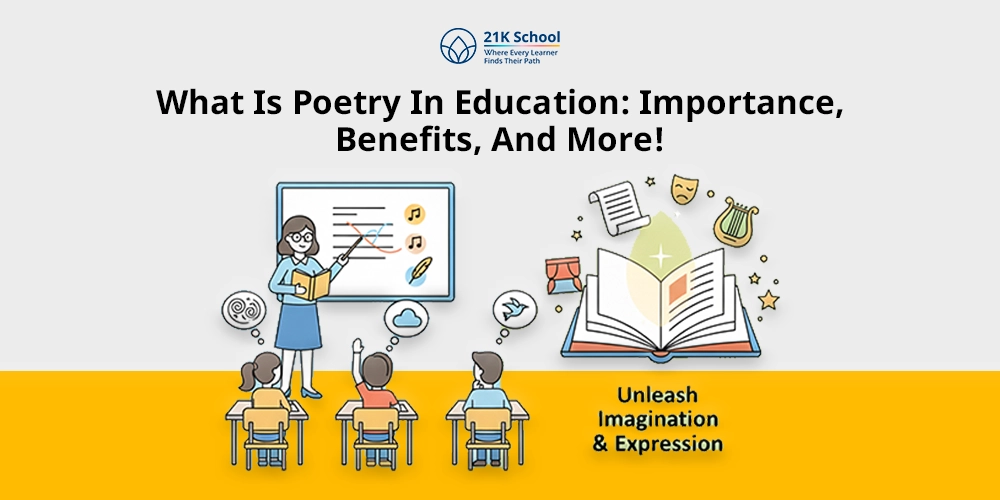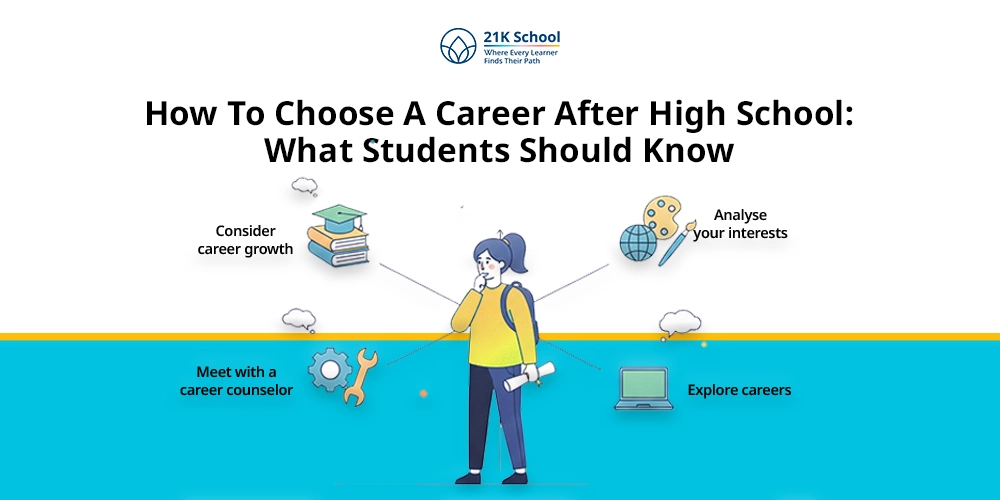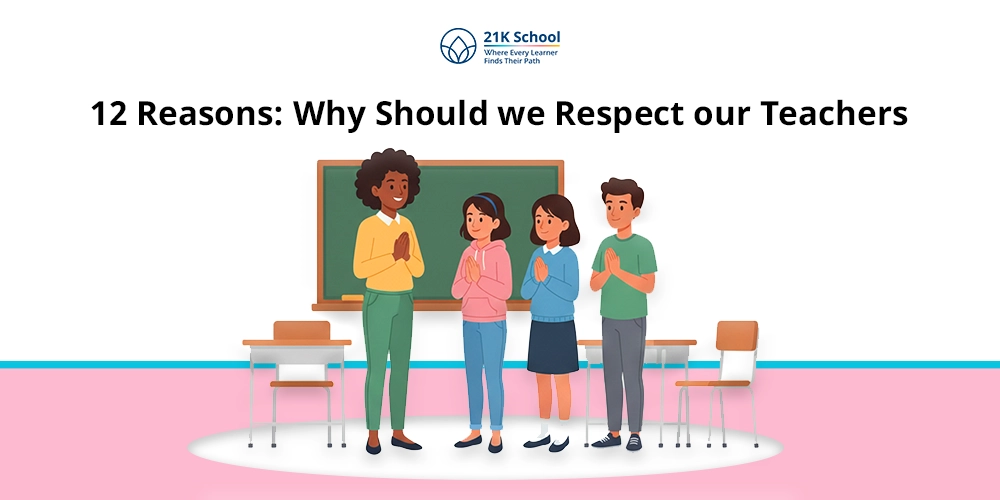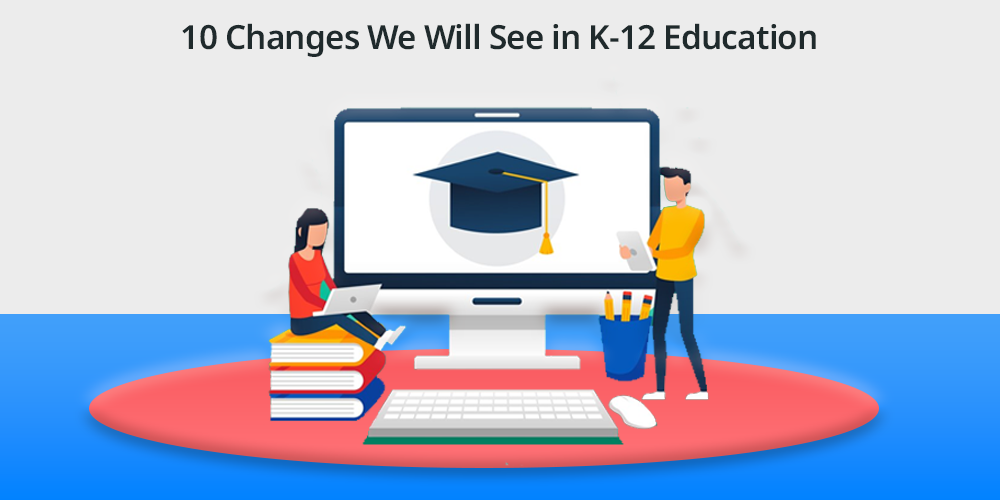
Contents
- What is K-12 Education?
- How is K-12 Education Different from Traditional Education?
- 10 Changes We Will See in K-12 Education
- 1. Integration of Technology
- 2. Personalized Learning
- 3. Focus on Social-Emotional Learning (SEL)
- 4. Competency-Based Education
- 5. Hybrid and Remote Learning Models
- 6. STEM and STEAM Expansion
- 7. Global Citizenship Education
- 8. Sustainability and Environmental Education
- 9. Integration of Lifelong Skills
- 10. Parental and Community Involvement
- Conclusion
What is K-12 Education?
K-12, looks like a new word, right?
But, it’s not!
K-12 education refers to the comprehensive educational program that spans from kindergarten through grade 12, covering the entire primary and secondary education journey.
It has long existed now in our education system to make us believe that from kindergarten to grade 12, the system that we are a part of supports the building blocks of learning for us, and only that is responsible for producing academic progress alongside social ability and emotional growth.
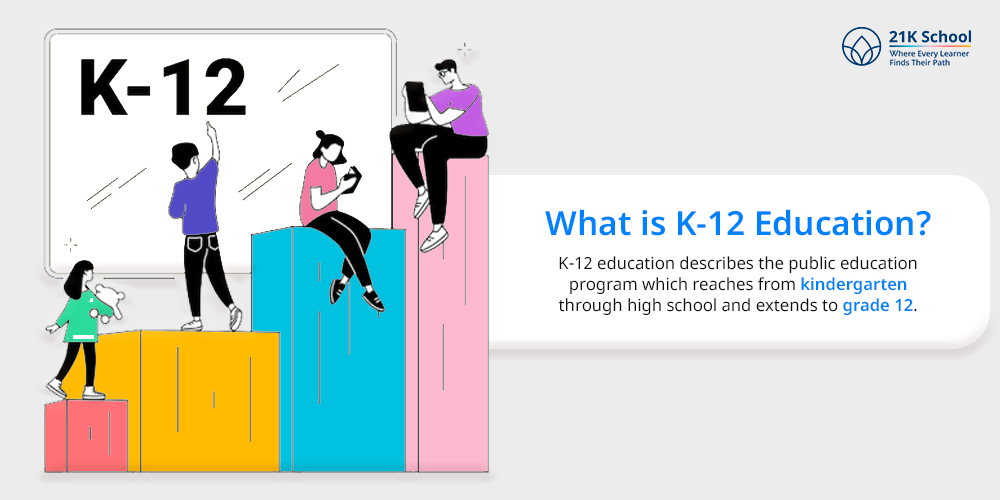
In simple words, it is responsible for making you a well-rounded individual.
Students receive training through this system to succeed in both future academic challenges along career opportunities and demonstrate responsible citizenship throughout the community.
Read this blog : Rethinking Education: Inspiring a new Generation of Future
How is K-12 Education Different from Traditional Education?
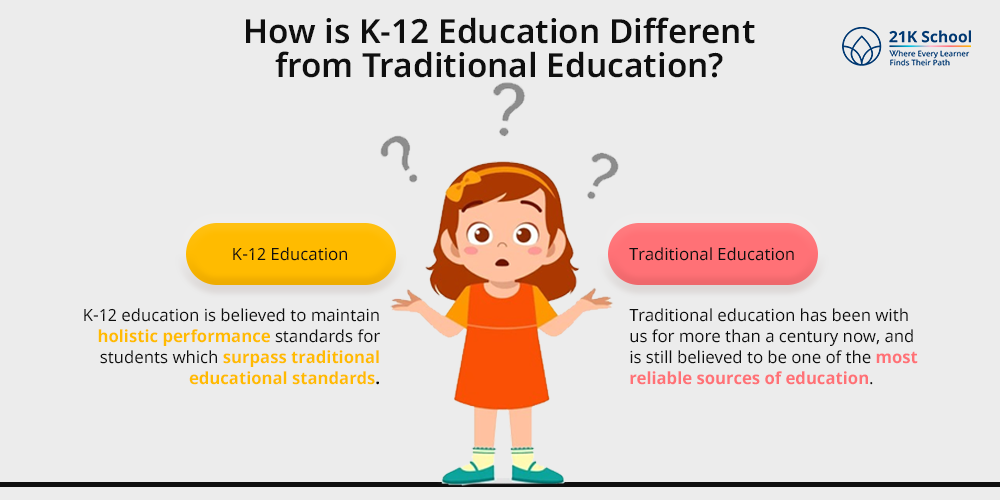
Traditional education has been with us for more than a century now, and is still believed to be one of the most reliable sources of education.
K-12 education is believed to maintain holistic performance standards for students, which surpass traditional educational standards and benefit them from all aspects and support their lifelong learning journey.
The transitional shift from traditional education to K-12 education is referred to it as a structured shift from moving past memorisation by rote, the K-12 education system uses critical thinking alongside creativity to teach valuable practical abilities.
The educational method is a standard compost which is combined with teacher-centered instruction alongside standardised testing to define traditional education yet K-12 education blends contemporary teaching approaches and adaptive curriculum models and varied learning settings suited for student demands.
Through active participation, K-12 education develops student adaptability to meet current 21st-century requirements.
We need to know about the transition From K-12 Education To 21-K School.
10 Changes We Will See in K-12 Education
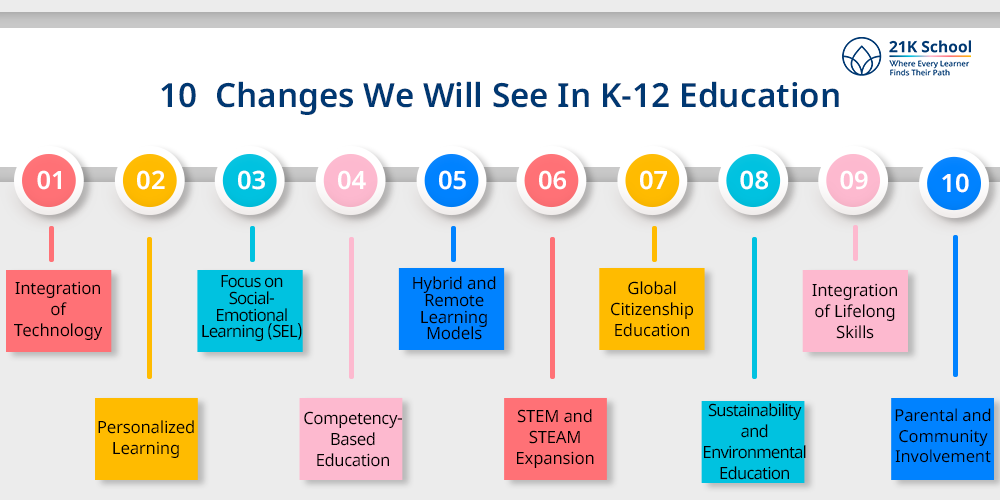
1. Integration of Technology

Technology is important to every aspect of a student’s life and it is now being integrated into every aspect of our lives, whether we are students or a professionals.
We can not deny the fact that technology will play a pivotal role in shaping the future of K-12 education.
And we very well know how technology is changing education.
And it will not be wrong to say that it will make wonders as it tries to incorporate the tools involved.
For instance, with electronic tools like tablets, interactive whiteboards, and online platforms, when fueled with the power of the internet, students will have access to innovative resources that enhance learning.
It will be responsible for providing students with an immersive learning experience.
And on the brighter side, with more advancements and greater possibility of success, the augmented and virtual reality (AR/VR) will make complex concepts more accessible to students, creating immersive experiences in subjects like science, history, and geography.
Now we all are well aware of the information related to How Technology Can Support Student’s Success.
2. Personalized Learning
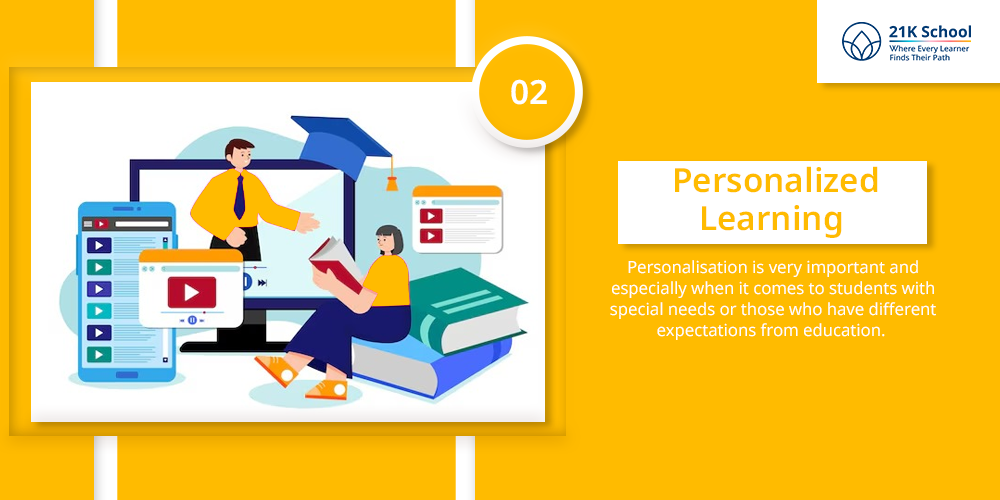
Personalisation is very important and especially when it comes to students with special needs or those who have different expectations from education.
Personalised learning is a revolutionary advancement and a well structured educational approach aiming to customise learning for students, and modifying it as per their needs and preference.
But the real question is how to build personalized learning space for students.
In order to build a successful system of personalised learning it is important to acknowledge that every student has their own needs and their own personalised set of skills that works best for their interest — no matter how positive or negative.
So, Why Are Schools Stressing on Personalised Learning ?
It is an educational approach that provides tailored experiences for every student in a classroom, ensuring that everyone feels involved and the education helps them overcome their own personal challenges.
(Gone are the days that one size with all kinds of education personalised learning is a journey that respects students’ pace, strength , areas of growth and their abilities.)
3. Focus on Social-Emotional Learning (SEL)
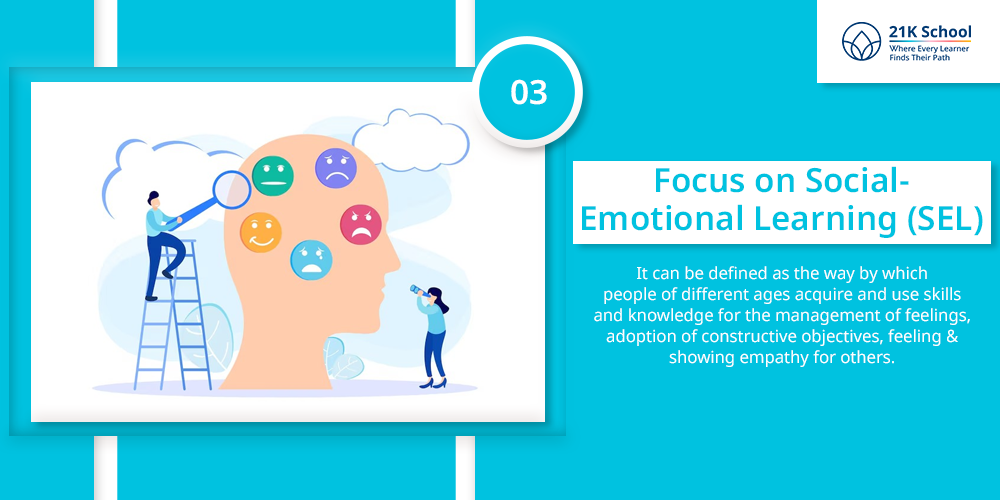
SEL stands for Social-Emotional Learning and has its roots in the concept of character education.
Social emotional learning is basic to a well-rounded individual.
By the books : It can be defined as the way by which people of different ages acquire and use skills and knowledge for the management of feelings, adoption of constructive objectives, feeling & showing empathy for others.
But in simpler terms it will provide and empower you with all the important skills needed for you to stand in society and it will make you capable of making decisions that are accurate and responsible.
Read more to know about the : Benefits of Social Emotional Learning
4. Competency-Based Education
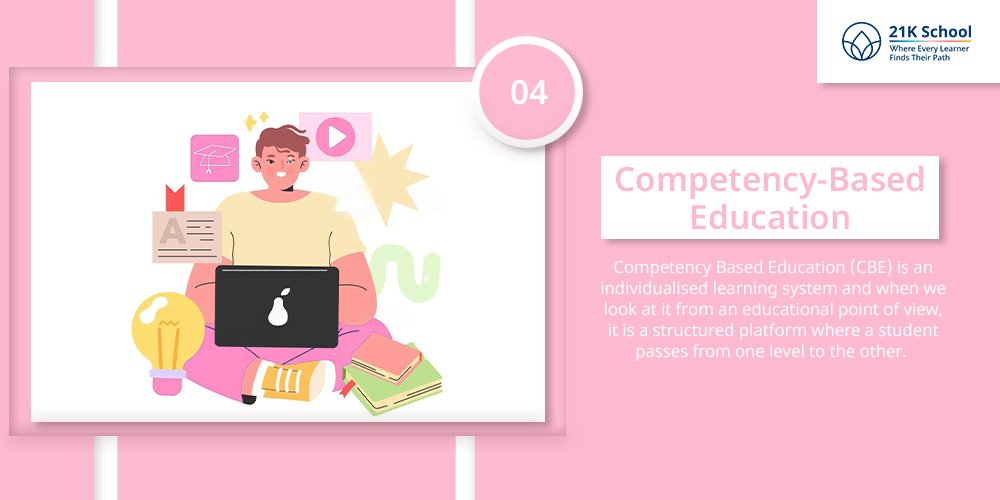
Competency Based Education (CBE) is an individualised learning system and when we look at it from an educational point of view, it is a structured platform where a student passes from one level to the other.
This educational upliftment is based on what tutors perceive that the student is capable of doing rather than a fixed period of time they spend in class.
In CBE systems of education, it is believed that the students and learner progress in their educational journey through episodes, when he/she is ready to do so after proving competency in the relevant domain.
It is very important to state that mastering a course is more important than the tenure spent on their academic structure.
This system of education is based on routine competencies which is to be rational and results oriented, while offering a clear and quite open pattern for accomplishing genuine and functional capacities.
5. Hybrid and Remote Learning Models
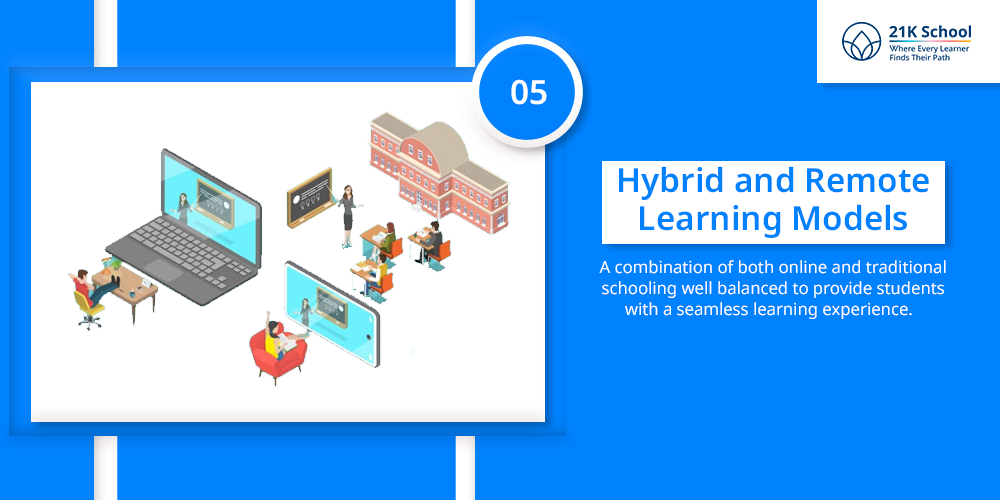
Like every hybrid thing, it’s a combination.
A combination of both online and traditional schooling well balanced to provide students with a seamless learning experience.
Hybrid learning is a combination of face-to-face classroom instructions (not on virtual medium but rather the traditional classroom teaching) and online learning taking place in the rectangles of technology where the student is able to split their time between classroom and home study.
And it’s not just a teaching methodology or a learning method, hybrid schooling comes as a first choice which brings the balance of both of them — the traditional and the online schooling.
Students understand that they can even learn from home on some days and also they follow normal routes and meet other colleagues in physical classes.
6. STEM and STEAM Expansion
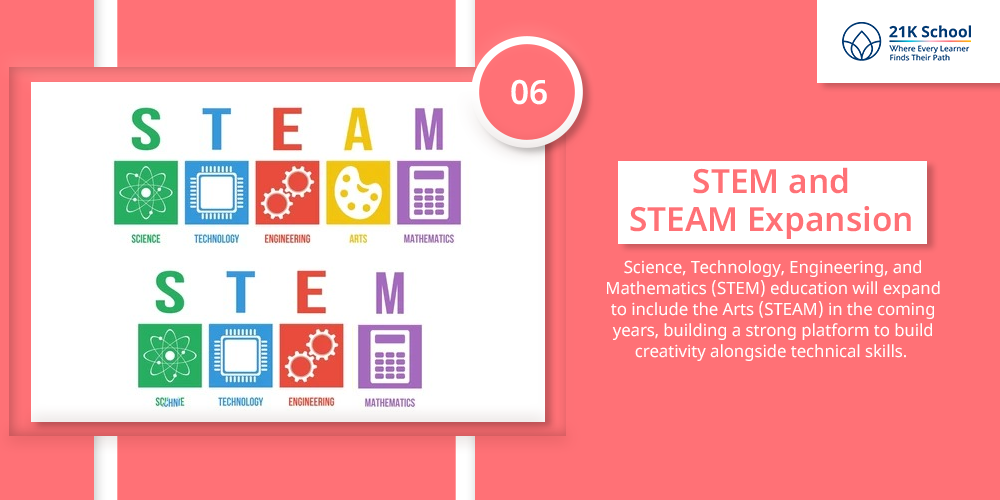
Widely practiced subjects like : Science, Technology, Engineering, and Mathematics (STEM) education will expand to include the Arts (STEAM) in the coming years, building a strong platform to build creativity alongside technical skills.
The need of the hour is — technology, innovation and advancement.
To keep up with the pace, this interdisciplinary approach will prepare students for innovation-driven industries, promoting problem-solving and critical thinking.
7. Global Citizenship Education
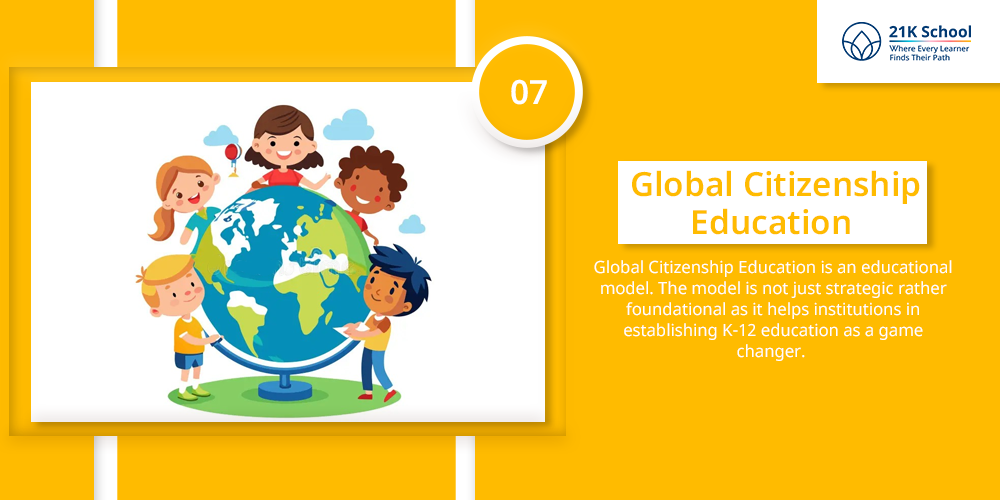
Global Citizenship Education is an educational model.
The model is not just strategic rather foundational as it helps institutions in establishing K-12 education as a game changer.
The fandom of K-12 education is constantly rising and when we try to understand the concept we realise that it will increasingly emphasize global citizenship, which encourages students to understand and address global issues.
The online study programs are based on these educational models, which will ultimately focus more on cultural awareness, diversity, and social responsibility, empowering students of all age groups across all demographics to contribute meaningfully to a connected world.
8. Sustainability and Environmental Education
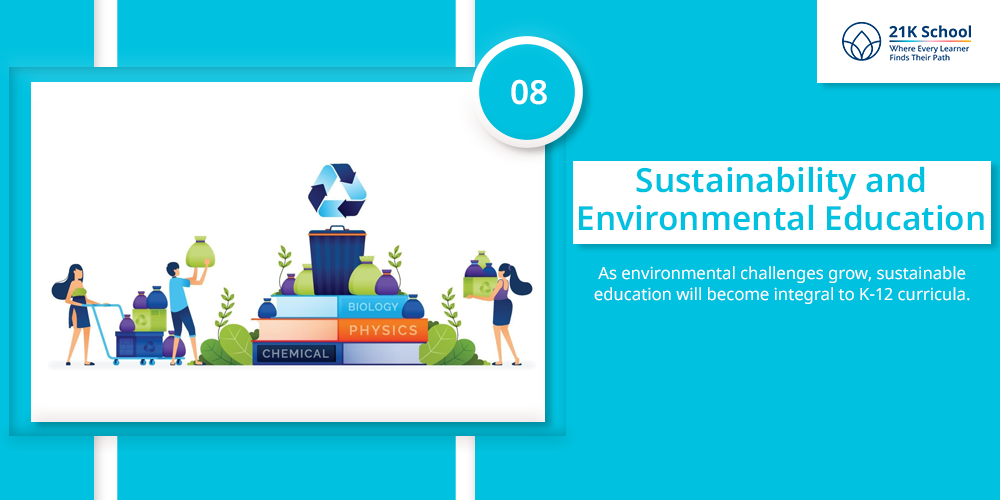
As environmental challenges grow, sustainable education is becoming an integral part of K-12 curricula.
Institutions have recognized that while many people remain dedicated to environmental conservation, a significant portion of the population still lacks awareness about pressing environmental issues.
As a result, sustainability and environmental education have become essential components of a student’s life, contributing significantly to personality development and fostering a sense of responsibility towards the planet.
Sustainability education is not just about being environmentally aware; it is about learning how to protect and nurture our environment.
It provides institutions with the opportunity to teach students How to Promote Environmental Awareness in Classrooms encouraging them to become environmentally conscious citizens.
Through this education, students will gain an understanding of climate change, conservation, and sustainable practices, empowering them to make a positive impact on the world.
9. Integration of Lifelong Skills
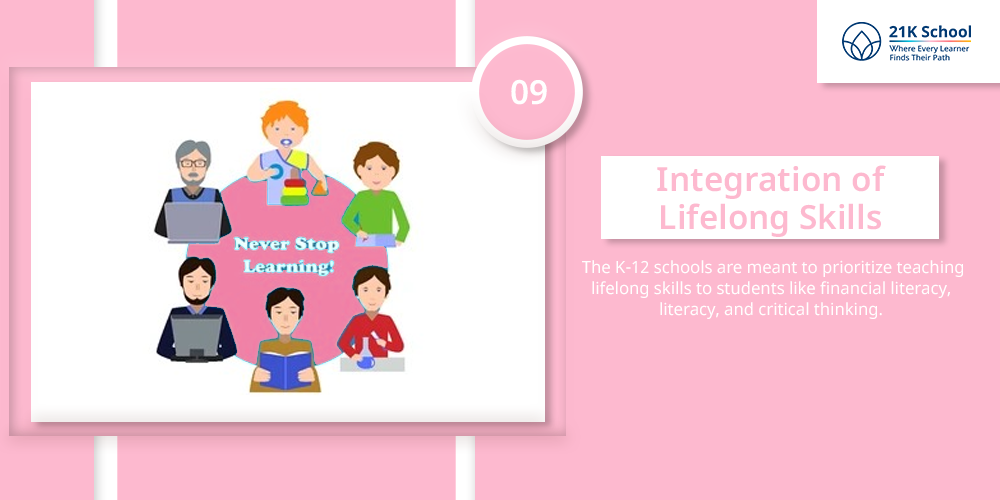
Just like the concept of lifelong learning there is a very important concept of lifelong skill.
But, what really is a lifelong skill?
is it a skill?
Is it a form of training, or is it an educational methodology?
Lifelong skills are educational elements that go beyond academic knowledge.
K-12 schools are designed to prioritize teaching these essential skills, including financial literacy, digital literacy, and critical thinking.
These skills are fundamental to the holistic development of students, equipping them to navigate real-world challenges and adapt to the ever-evolving career landscape.
10. Parental and Community Involvement
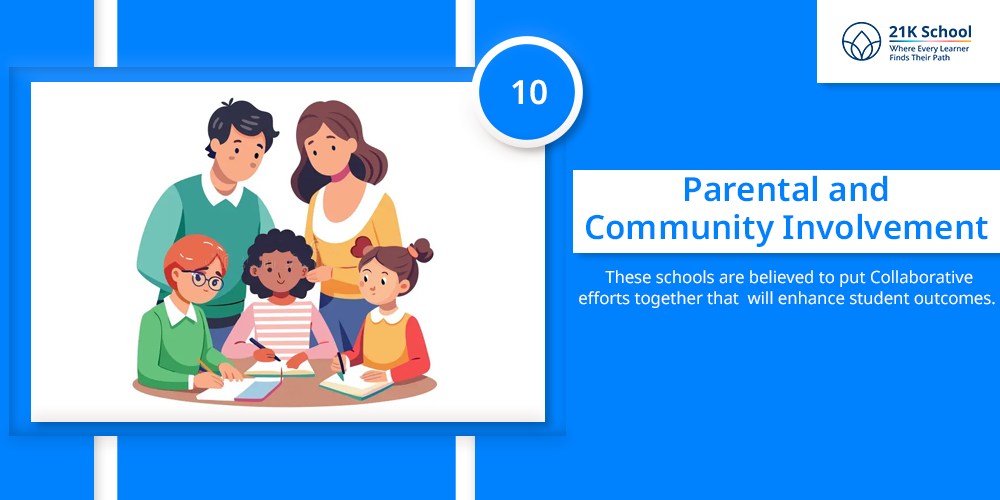
Parents play a crucial role in a student’s life, providing essential support throughout their educational journey.
However, as students grow and evolve, they often form new relationships based on their needs and preferences, sometimes leading to a weakened connection with their parents.
K-12 schools aim to strengthen partnerships with parents and communities, recognising the significant role these connections play in a child’s development.
These schools emphasise collaborative efforts, bringing together families, educators, and communities to enhance student outcomes and foster a more supportive learning environment.
And while these schools are putting efforts together, it is suggested for students to create a supportive ecosystem that values holistic development.
Conclusion
Education for students is a journey, a journey that is defined by hardwork and dedication – it’s not just a journey that fascinates a destination rather a journey that defines destination at most.
We may never have realised but education is the most important thing as it is responsible to shape lives for people.
And we never grow out of this journey no matter what the circumstance is, we grow and we learn.
We also know that K-12 education is shaping the lives of young generations most effectively and conveniently possible.
The K-12 education system is a lifelong learning journey which is undergoing transformative changes, it is strategically driven by technology, societal needs, and a focus on holistic development.
These technological advancements will equip students with the skills and knowledge required for a rapidly evolving world or what we call a dynamic world, to define education advancements.
As education becomes more inclusive, innovative, and future-focused, it promises a brighter future for the next generation.

